TYPES OF LENS COATING
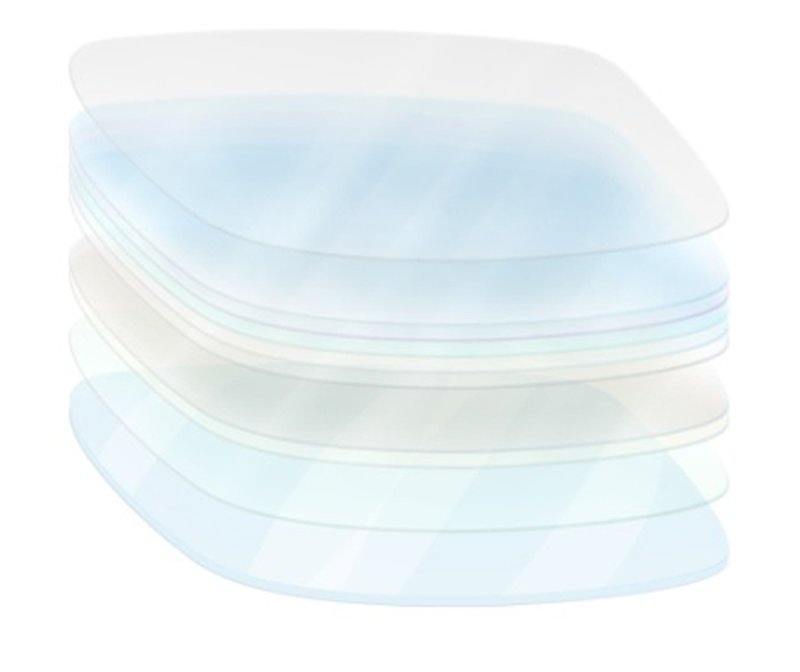
• A blue-light protective coating
• An anti-reflective coating
• A scratch-resistant coating
• A UV-protective coating
Anti-Reflective Coating (AR Coating):

• Driving at night can be a harrowing experience because the glare from both headlights and streetlights can make seeing clearly difficult.
• Anti-reflective or anti-glare coatings work to enhance the appearance of your lenses and improve the clarity of your vision.
Blue Light Filtration Coatings:
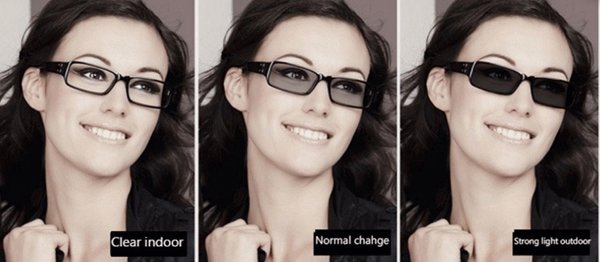
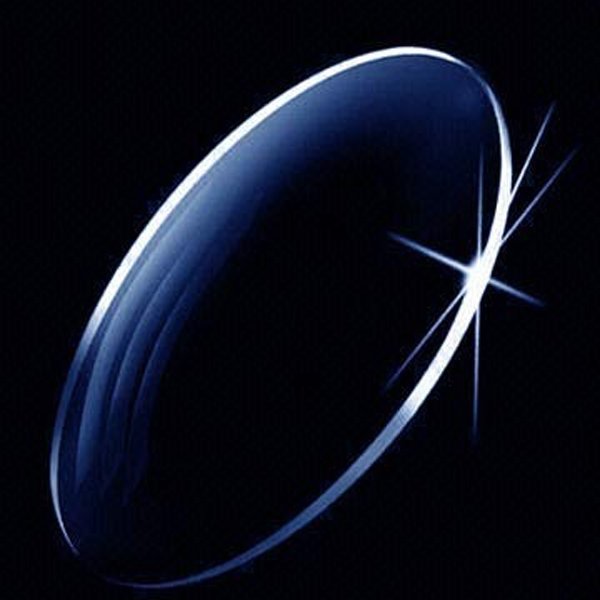
• Because of the widespread use of digital devices in our lives (including smartphones, tablets, desktop computers, and TVs), patients are now more likely than ever to experience eye strain.
• Though most experts agree that prolonged close focusing is the main culprit, excessive blue light exposure may increase your chances of developing age-related macular degeneration (AMD), a serious eye disease.
• If you are concerned about excessive blue light exposure, please speak to your optician about blue light filtration coatings.
Scratch-Resistant Coating:

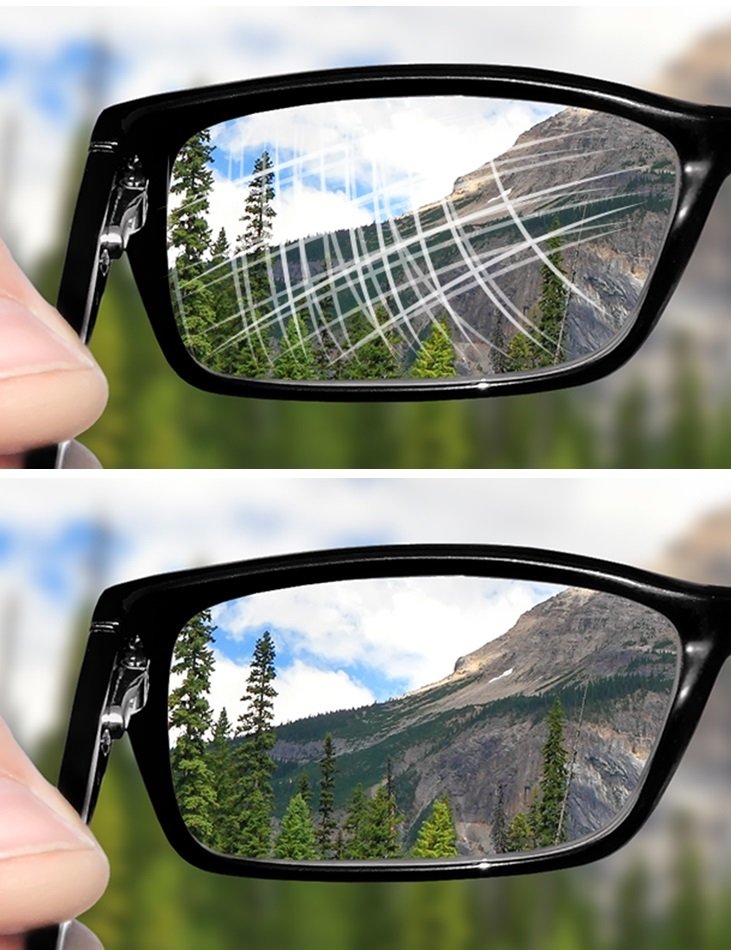
No matter what your lenses are made of, they are susceptible to scratches and other blemishes. Since plastic lenses scratch more easily than glass, it’s important to apply a coating that makes the lens capable of withstanding normal wear and tear.
To keep your lenses scratch-free, always store your glasses in a cushioned case. As with UV coated lenses, you should only clean them with a special microfiber cloth, and a cleaning solution recommended by your optician.
UV Coated Lenses:

Ultraviolet protective coatings can be quickly applied to most plastic lenses, and don’t change the appearance of the lens. UV protection coatings can be applied to both clear and sunglass lenses.
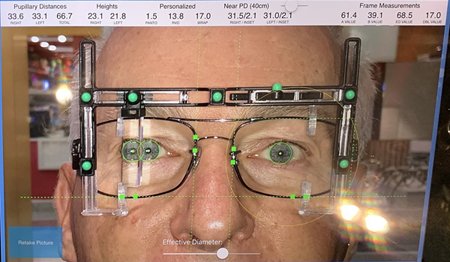
To help ensure your eyes are getting the protection they need, make sure you choose sunglasses that clearly state they are made using a coating that provides 100% protection from UV-A and UV-B light. Ask your vision care provider what level of UVA/UVB protection is available with the lenses they offer.
Lens index:
Lens index is a number that describes how thick or thin your lenses are. The higher a lens' index is, the thinner it becomes. Higher prescriptions require higher index lenses, while lower prescriptions require lower index lenses.
1.50 Standard Index (CR-39):
• Suitable for full rim plastic/acetate frames or full rim metal frames.
• BEST FOR RX RANGE +1.001/-2.75 OR BELOW.
1.57 Mid Index:
• Suitable for full rim plastic/acetate frames or full rim metal frames.
• Up to 15% than 1.50 lens.
• -2.00 / - 3.75 or Below
High-Index Lenses:
Thinner and lighter than our basic lenses, high-index lenses are recommended for those with combined Rx powers over -3.00/+2.00. High-index lenses have reduced edge thickness for nearsightedness and reduced center thickness for farsightedness. Choose from 1.61, 1.67 or 1.74 high index lenses.
1.61 High Index:
• Up to 20 % thinner than 1.50 lens
• Suitable for full rim plastic/acetate, full-rim metal, half-rim and rimless frames.
• BEST FOR RX RANGE +3.00/- 5.75 OR BELOW.
1.67 High Index:
• Up to 30 % thinner than 1.5 lens.
• Suitable for full rim plastic/acetate, full-rim metal, half-rim and rimless frames.
• BEST FOR RX RANGE +4.75/-6.75 OR BELOW.
1.74 High Index:
• Up to 40 % thinner than 1.50 lens.
• Suitable for full-rim plastic/acetate or full-rim metal frames.
• BEST FOR RX RANGE +5.00/-7.00 OR ABOVE.
Polycarbonate 1.59:
• impact -resistant.
• Suitable for all frames.
• Great for kids.
• BEST FOR RX RANGE +3.00/-4.75 (OR ABOVE FOR AGES 18 AND UNDER).
We use Zeiss i. terminal go. Software:
It's provides a smooth transition from manual to digital centration.
.jpg)
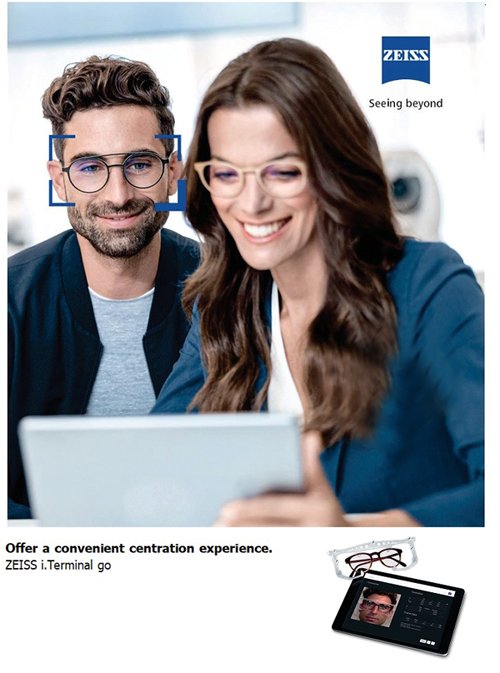
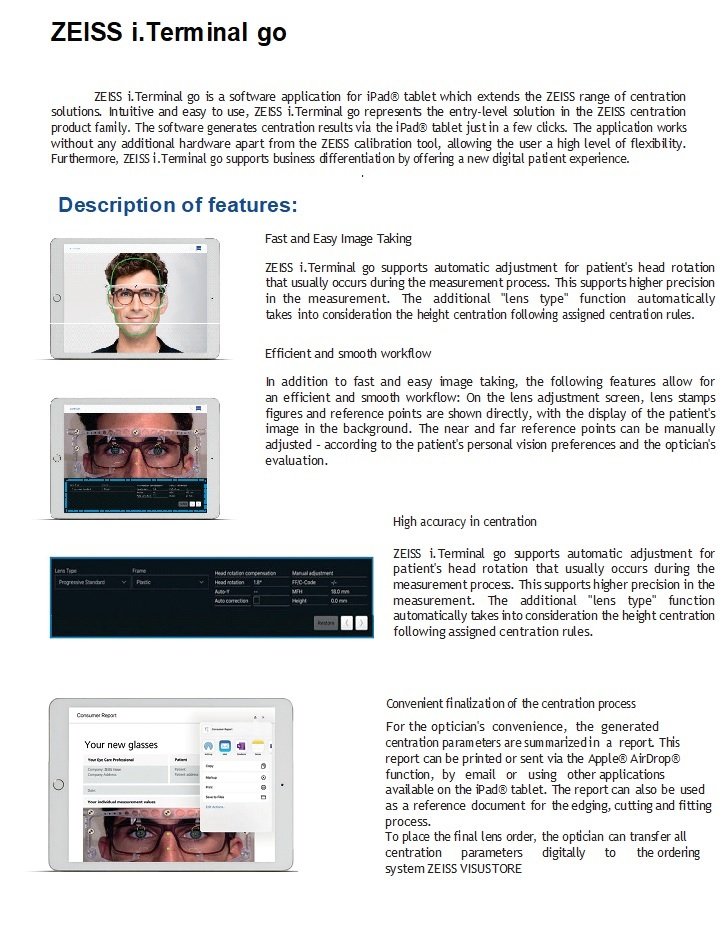
Measuring Tips for Customizing Free-Form Lenses
Begin offering this premium fitting service to ALL of your patients. The Beauty of Free-Form lens technology is that it allows you to customize the lens prescription to the patient’s eyes for optimum optical clarity and enhanced acuity to his or her highest satisfaction. Measurement must be taken after the
frame has been fitted to your Patient:
1. Measure the Frame Wrap.
(Defaults: Variable and Fixed Designs 5º,
Outdoor Design 15º)
2. Measure Pantoscopic Tilt Angle.
(Default: 10º)
This measurement accounts for the tilt of the spectacle frame front. This measurement will maximize the spectacle lens function.
3. Measure the Vertex Distance. (Default: 12mm)
A critical measurement when the Rx requires high minus or plus corrections (+6.00 – 7.00 D and above).
4. Take Monocular P.D.
Accuracy is a must. Measure from the center of the bridge to the center of the pupil for each eye using a pupilometer.
5. Fitting height.
(Defaults: Variable, Professional and Fixed Designs: 16mm; Outdoor, Drive and Golf Designs: 19mm)
Measure from the pupil center to the frame’s lowest edge.
6. Specify reading or working distance
(Default: 40cm). Doctor should refract for patient’s actual reading distance and this distance should be specified to the lab. Our software will create the right amount of convergence for the near.
Intellect Special RulerAsk your CSC Labs Sales Rep for a Special Free-Form Metric Ruler. If you do not provide measurements, the lab will use computer-generated Defaults (as listed above).
Verify the Rx at the Lensometer using the compensated Rx.
3.jpg)
1.jpg)
.jpg)








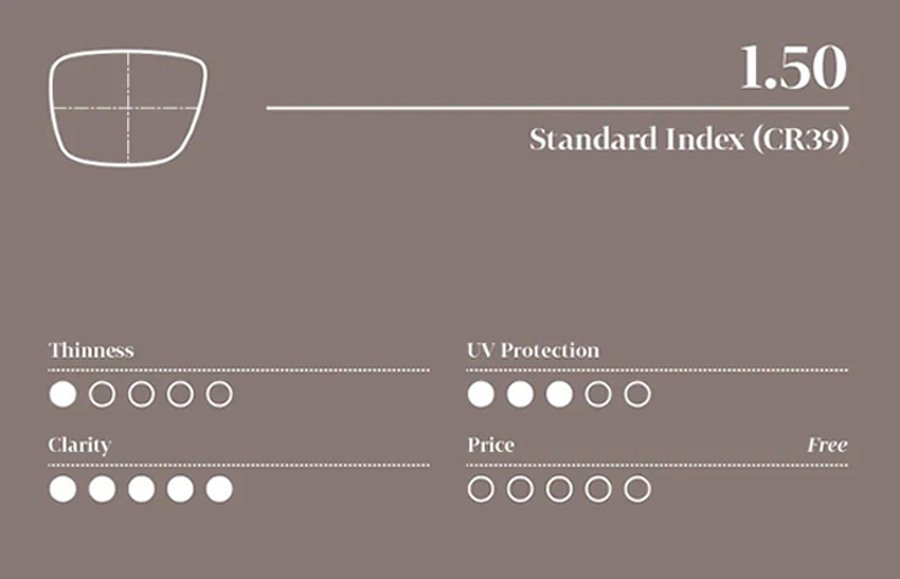
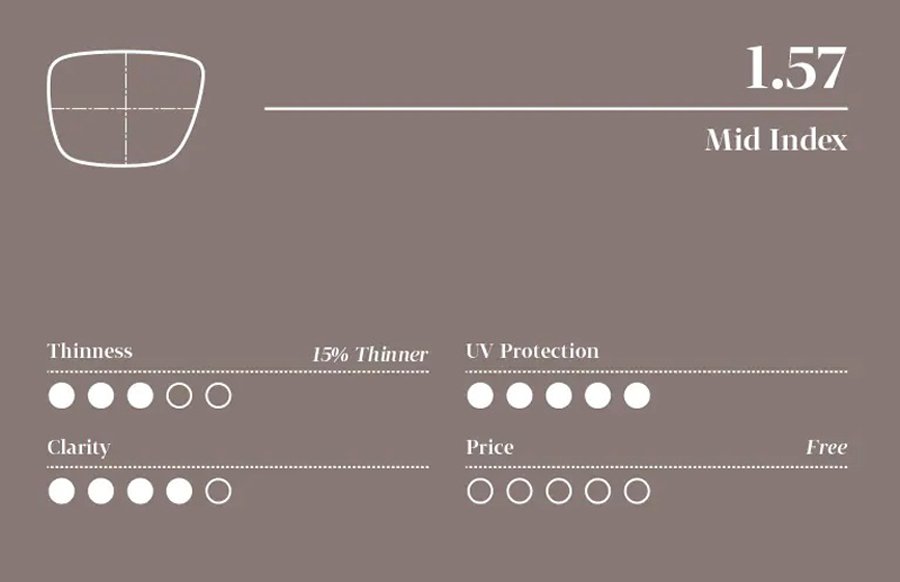
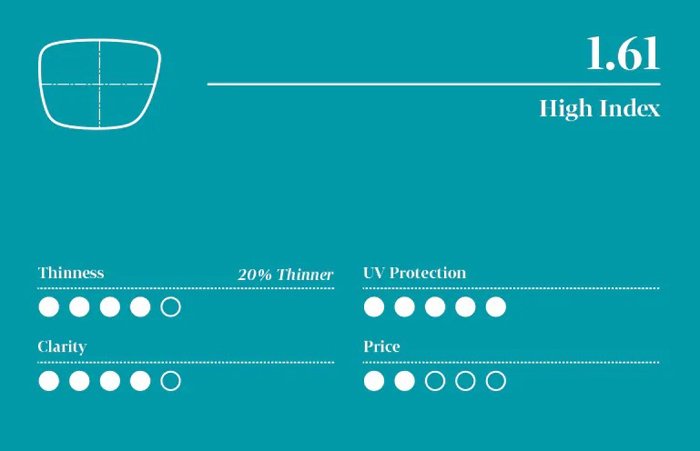
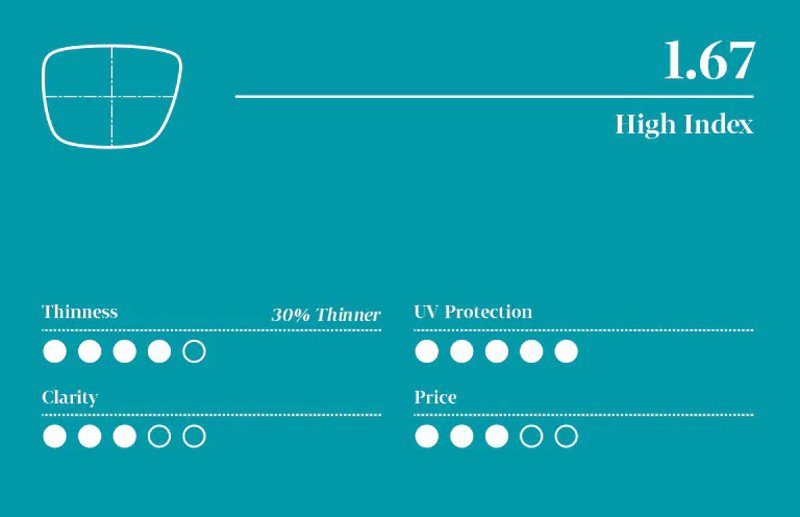
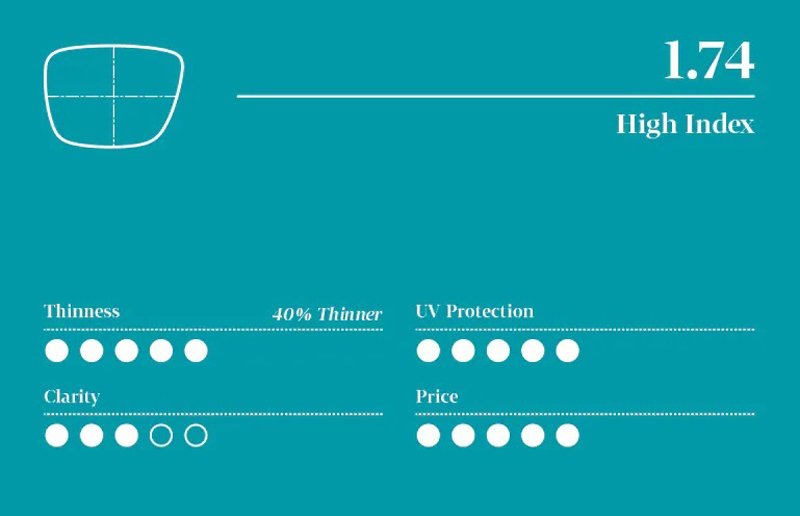
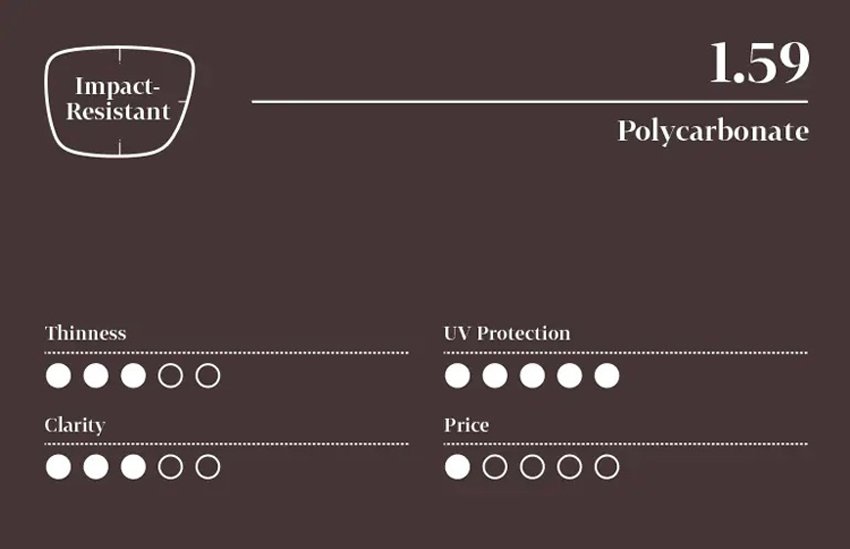
.jpg)


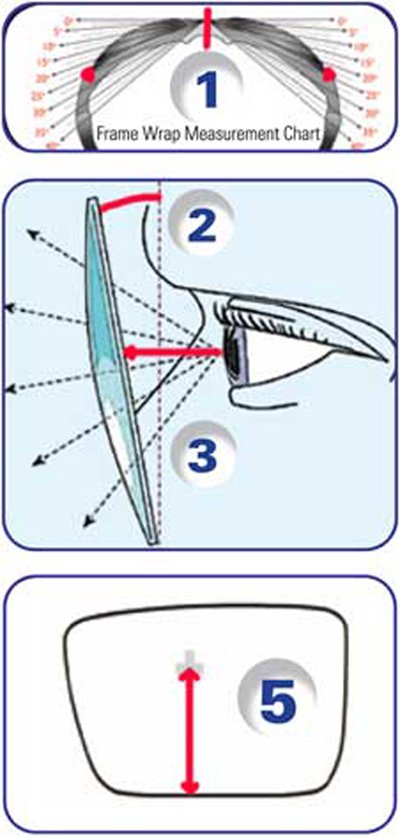
3.jpg)
1.jpg)
Comments